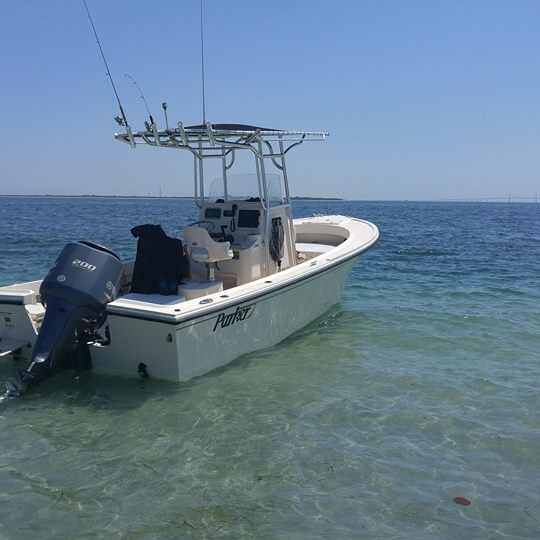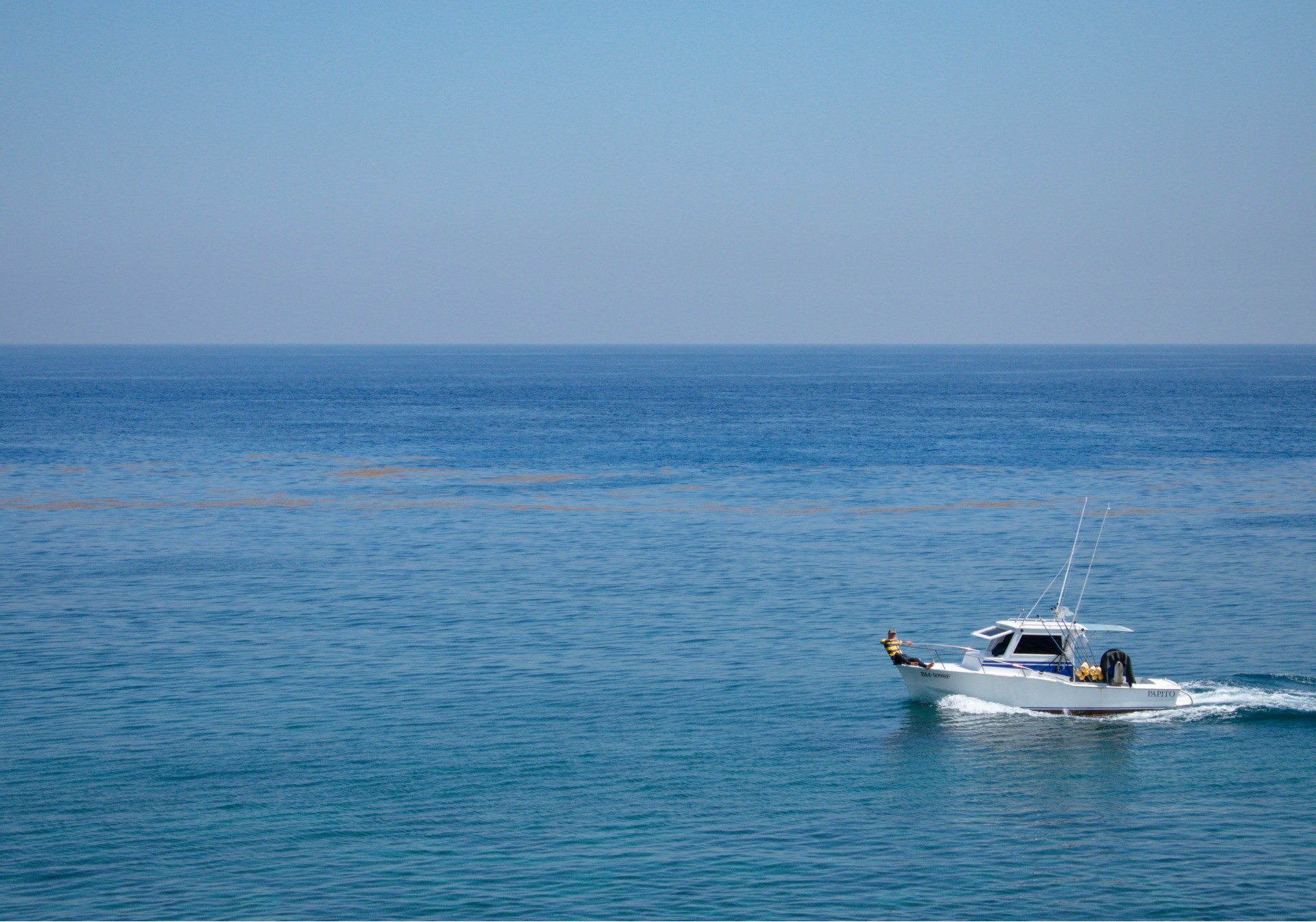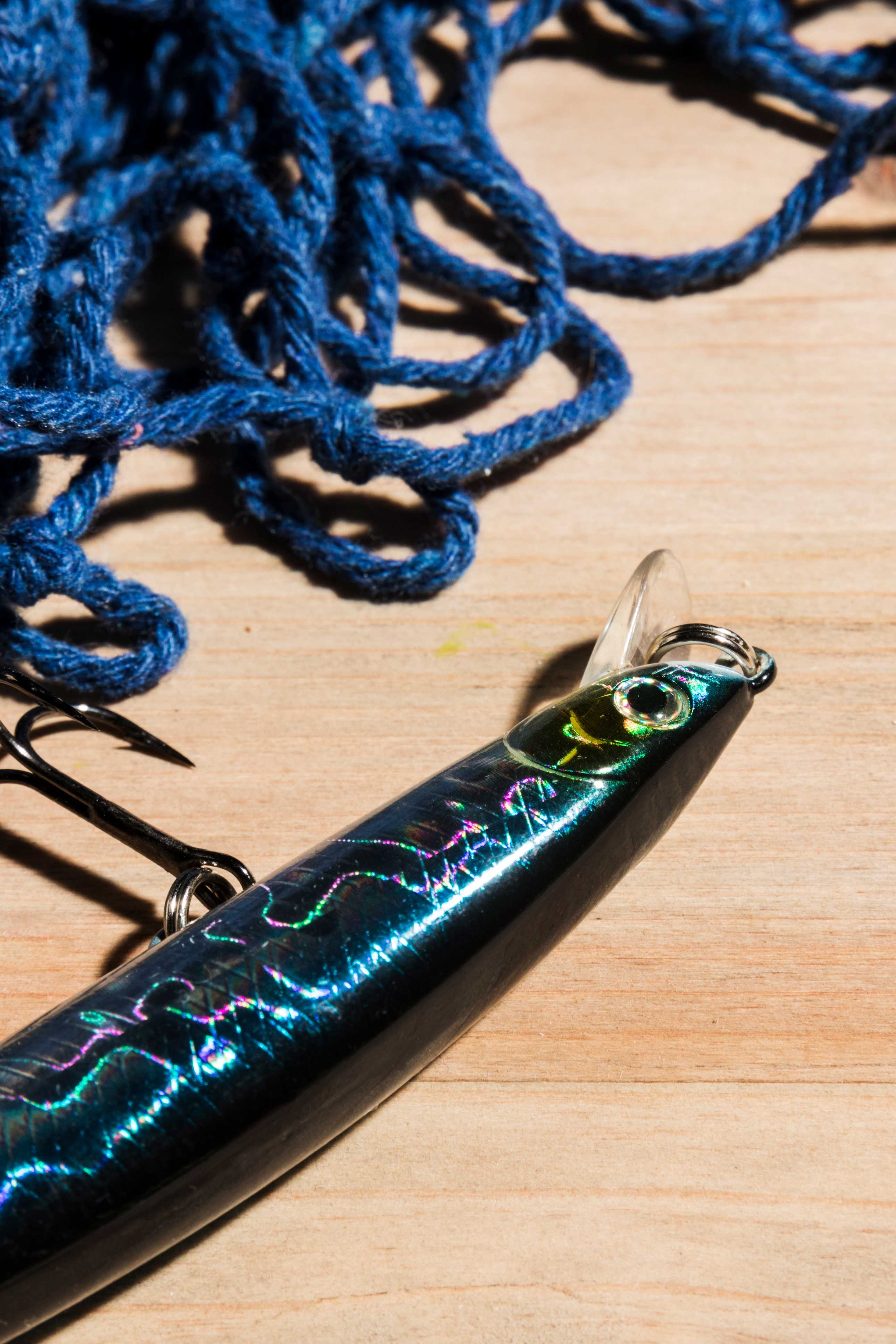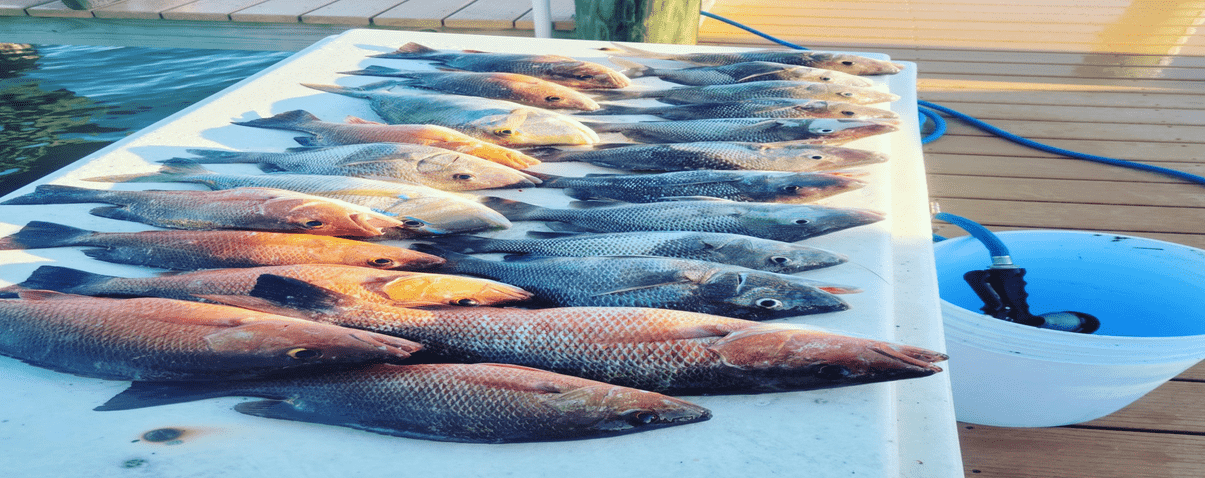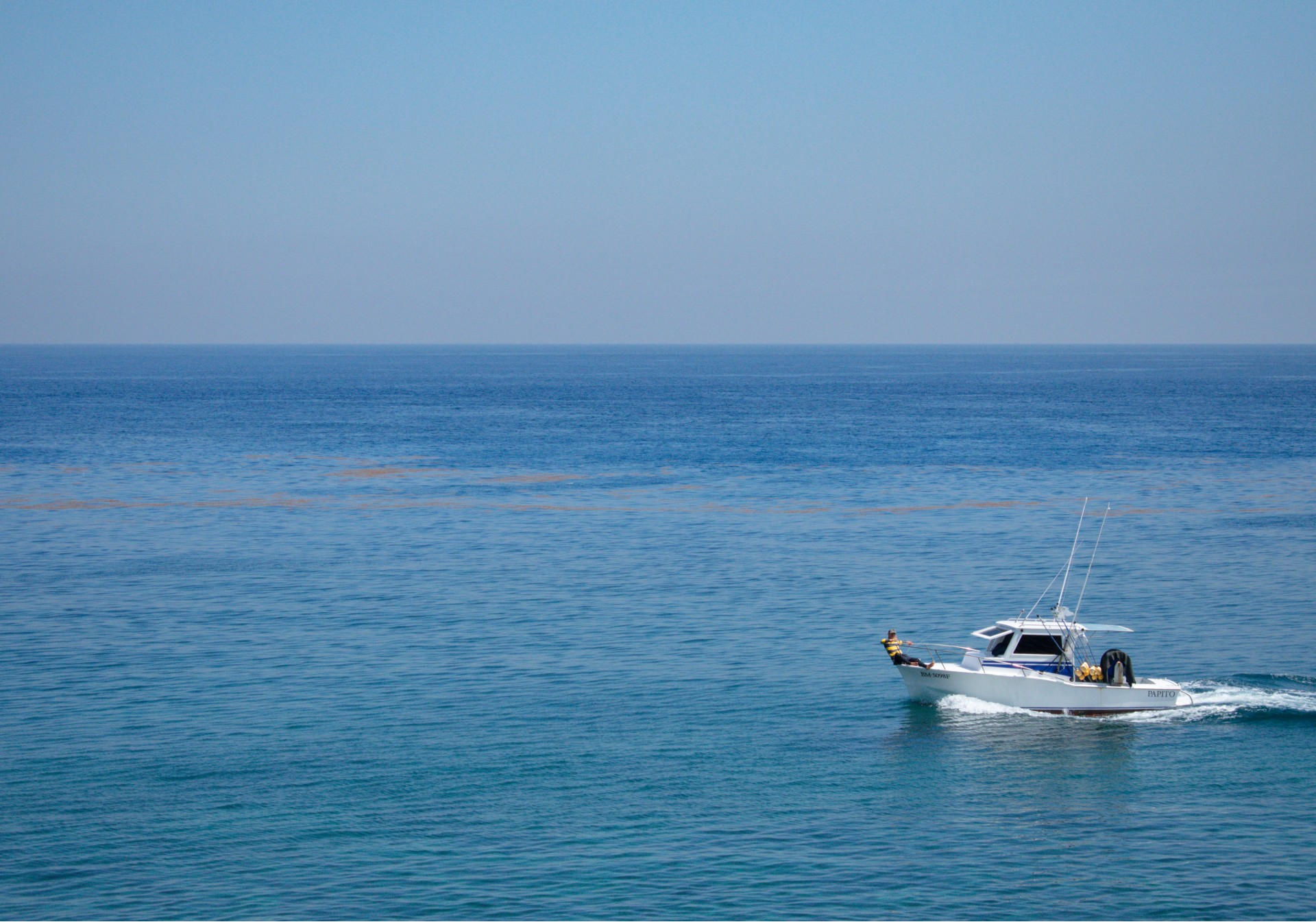Targeting Redfish in Tampa Bay: Tips, Tactics & Hotspots
If you're looking to hook into one of Florida’s most prized inshore gamefish, Tampa Bay is a top-tier destination. Redfish—or red drum—are abundant in these waters, and with the right tactics, timing, and a little local know-how, you can have an unforgettable day on the water.
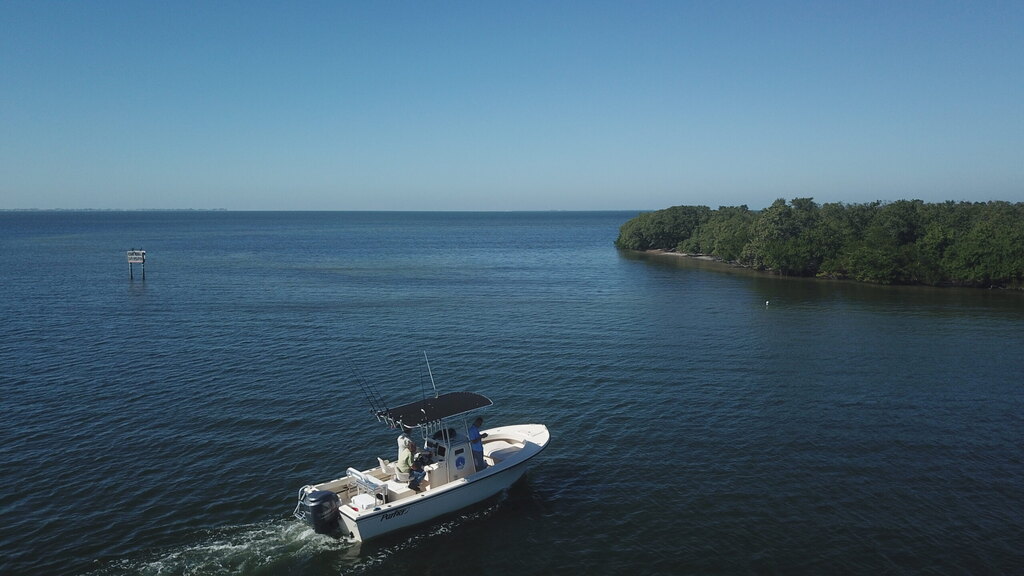
Whether you’re a seasoned angler or just getting into saltwater fishing, this guide will walk you through how to successfully target redfish in Tampa Bay.
Why Redfish?
Redfish are a favorite among inshore anglers for a reason:
- They fight hard and often run into structure
- They’ll hit live bait, cut bait, and artificial
- They're accessible year-round
- And let's be honest—they make great table fare (where regulations allow)
In Tampa Bay, redfish can be found from the mangrove-lined backwaters to the grass flats and even staging near oyster bars and residential docks.
Where to Find Redfish in Tampa Bay
Here are a few tried-and-true zones to start your hunt:
- Weedon Island Preserve – Classic redfish habitat with mangroves, oyster beds, and tidal creeks.
- Cockroach Bay – Shallow flats that are perfect for sight fishing during high sun.
- Upper Tampa Bay – The further north you go, the more brackish the water becomes—perfect for redfish looking for cooler water in the summer.
- Fort De Soto / Tierra Verde – Great for targeting cruising fish along sandbars or staging near passes.
- Egmont Key-in the passes and flats
Pro Tip: Look for tailing fish during low tides in the morning or late afternoon when the sun's angle helps with visibility.
Redfish Behavior by Season
- Spring: Fish begin to spread out from their winter haunts. Look for them on the flats during warming trends.
- Summer: Early morning and late afternoon are best due to heat. Redfish love shaded mangrove shorelines and deeper cuts during high tides.
- Fall: This is peak season. The "bulls" (larger redfish) start schooling up for the spawn. Look for them in bigger schools around shipping channels and bridges. We don’t call it Red October for no reason.
- Winter: Smaller reds hold in creeks and warmer pockets. Sight fishing in ultra-clear, shallow water can be productive.
Best Baits & Lures for Tampa Bay Redfish
Live Bait:
- Shrimp under a popping cork (great in winter or when fish are finicky)
- Live pilchards or threadfins (especially for chumming in warmer months)
- Cut ladyfish or pinfish (dead bait soaks for bull reds)
Artificial Lures:
- Soft plastics on a jighead (Z-Man PaddlerZ, D.O.A. CAL Shad)
- Topwater plugs like the Super Spook Jr. or Skitter Walk (early morning excitement)
- Weedless gold spoons—classic redfish lures that cover water and avoid snags
Tactics That Work
- Tide Timing Is Key
Incoming tides push bait and redfish onto the flats—ideal for sight fishing. Outgoing tides concentrate fish in deeper channels and edges. - Stay Stealthy
Tampa Bay’s shallow water can be gin-clear. Use a push pole or trolling motor on low to avoid spooking fish. - Match the Hatch
Pay attention to local bait—whether it’s small mullet, pinfish, or shrimp—and match your bait or lure accordingly. - Chum ‘Em Up
Especially in summer, chumming with live pilchards can fire up an entire school of redfish (and draw in snook and trout too).
Know the Regulations
As of recent FWC updates, redfish regulations vary by zone. Tampa Bay has sometimes seen harvest closures due to red tide impacts, so it’s critical to check the latest rules. As of this writing:
- Slot size: 18–27 inches
- Bag limit: Varies by zone and is subject to seasonal closures
Check current FWC regulations here before you hit the water.
Gear Recommendations
- Rod: 7' medium-heavy spinning rod
- Reel: 3000–4000 size reel with a smooth drag
- Line: 10–15 lb braided line with a 20–30 lb fluorocarbon leader
- Hooks: 3/0 circle hooks for live bait; jigheads for soft plastics
Final Thoughts: Patience & Persistence
Redfish in Tampa Bay offer both challenge and reward. Some days you'll stumble onto a school of 30 fish tailing in 12 inches of water; other days, you’ll need to work for just a couple bites. But that’s the thrill of the chase.
Take the time to learn the tides, watch the baitfish, and understand how these fish move with the seasons. The more time you put in, the better your odds of hooking into that bronze beauty
On our charters we try to land these prized fish. I am an advocate of catch and release and strongly recommend that we release the fish unharmed to catch another day. A snook a redfish and a seatrout are an inshore slam. Many of our trips have obtained inshore slams. Book a trip today and see if we can get an inshore slam.
‹ Back



